Albrechtsberg Palace – A Prussian Prince's Dresden Refuge

Amidst my gentle Elbe slopes rises a structure of sublime beauty: Albrechtsberg Palace. This late Neoclassical gem, constructed between 1850 and 1854, owes its existence to Prince Albert of Prussia, the youngest brother of Prussian kings Frederick William IV and Wilhelm I. Banished from the Prussian court due to his morganatic marriage to Rosalie von Rauch, Albert sought a place of peace far from Berlin and found it here, within my embrace.
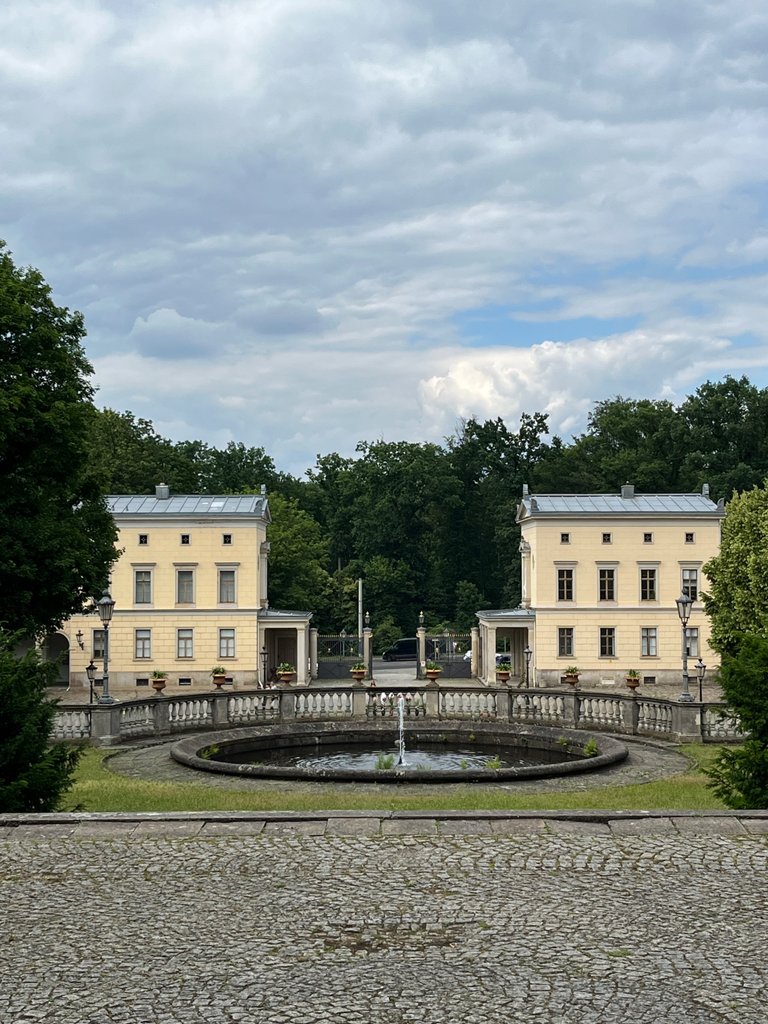
The palace's history, however, begins earlier. Around 1803, Scottish nobleman James Ogilvy, 7th Earl of Findlater, acquired several vineyards in this area and had a manor house built. After his death in 1811, the estate was transformed into a popular excursion restaurant, attracting illustrious guests like Richard Wagner and Gottfried Semper. When Prince Albert acquired the property, he commissioned architect Adolf Lohse, a student of Karl Friedrich Schinkel, to construct a suitable palace. Lohse created a masterpiece of late Neoclassicism, inspired by Italian Renaissance architecture, harmoniously blending into the landscape.

But the palace itself is not the only testament to refined taste. Impressed by an Oriental journey in 1843, the prince had a Turkish Bath built in the Moorish-Oriental style, designed by architect Carl von Diebitsch. This exotic gem recalls the splendor of the Alhambra and reflects Albert's fascination with the Orient.
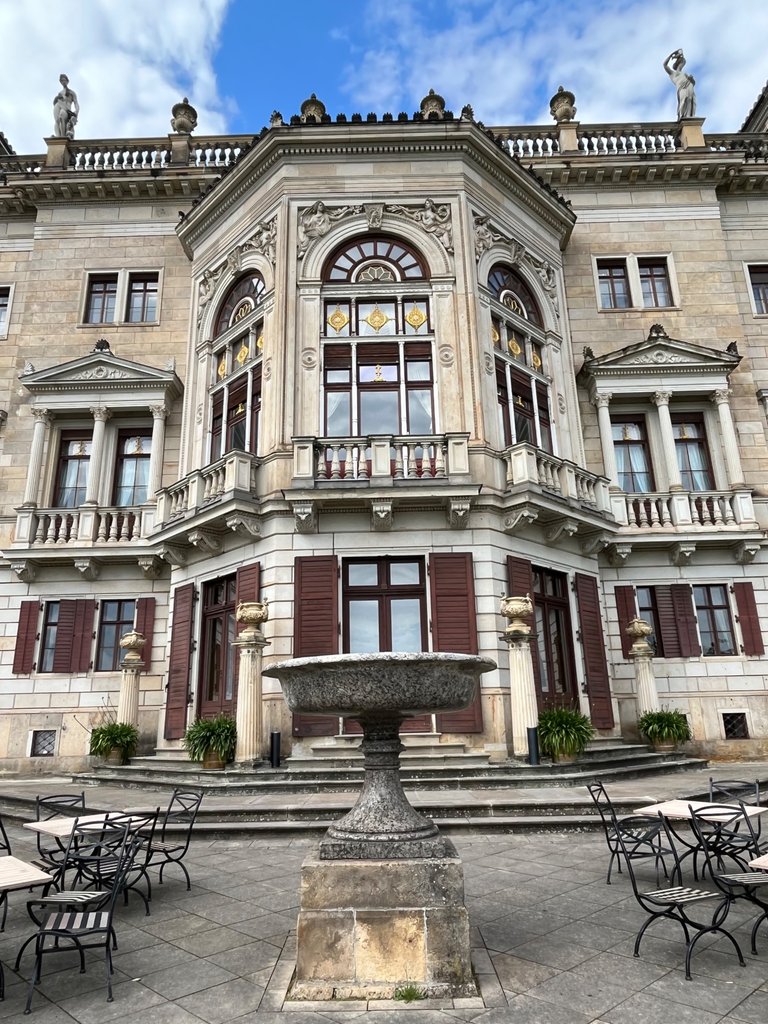
A bit of gossip mustn't be omitted: It is whispered that Prince Albert and Rosalie von Rauch shared a passionate love that defied the conventions of the Prussian court. Their union caused considerable scandal and ultimately led to Albert's exile in Dresden. Here, however, they found a home, far from Berlin's strict etiquette.
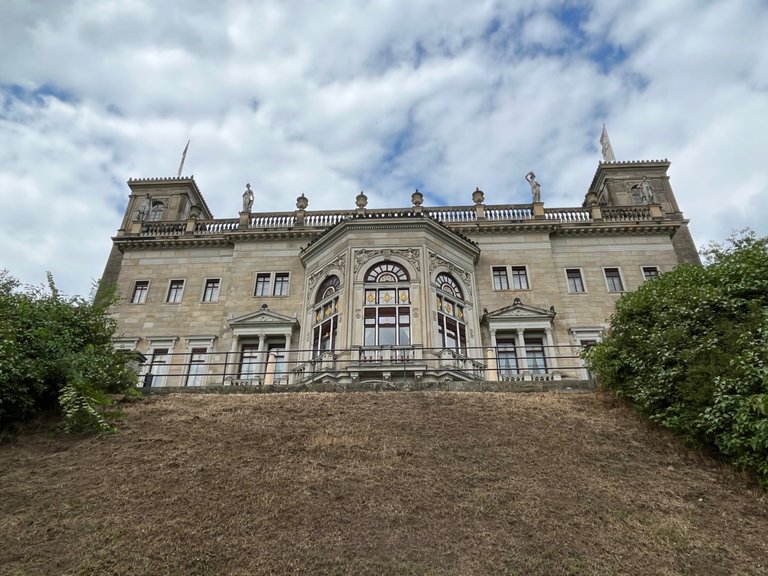
After Albert's death, the palace passed to his descendants but was acquired by the city of Dresden in 1925. During World War II, it remained unscathed, serving various purposes, including as a children's home. In the GDR era, it was used as a Pioneer Palace before being opened for cultural events after reunification.
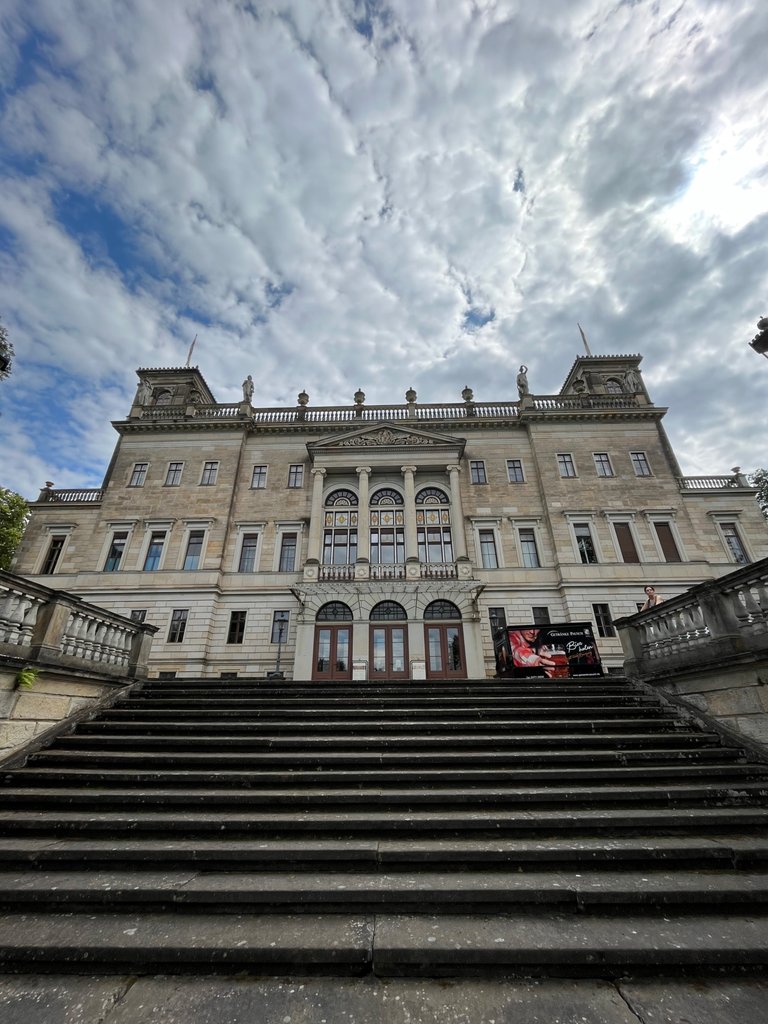
Today, Albrechtsberg Palace shines anew, inviting visitors to explore its magnificent halls and expansive park. It stands as a testament to a turbulent history and a symbol of the fusion between Prussian discipline and Saxon joie de vivre.
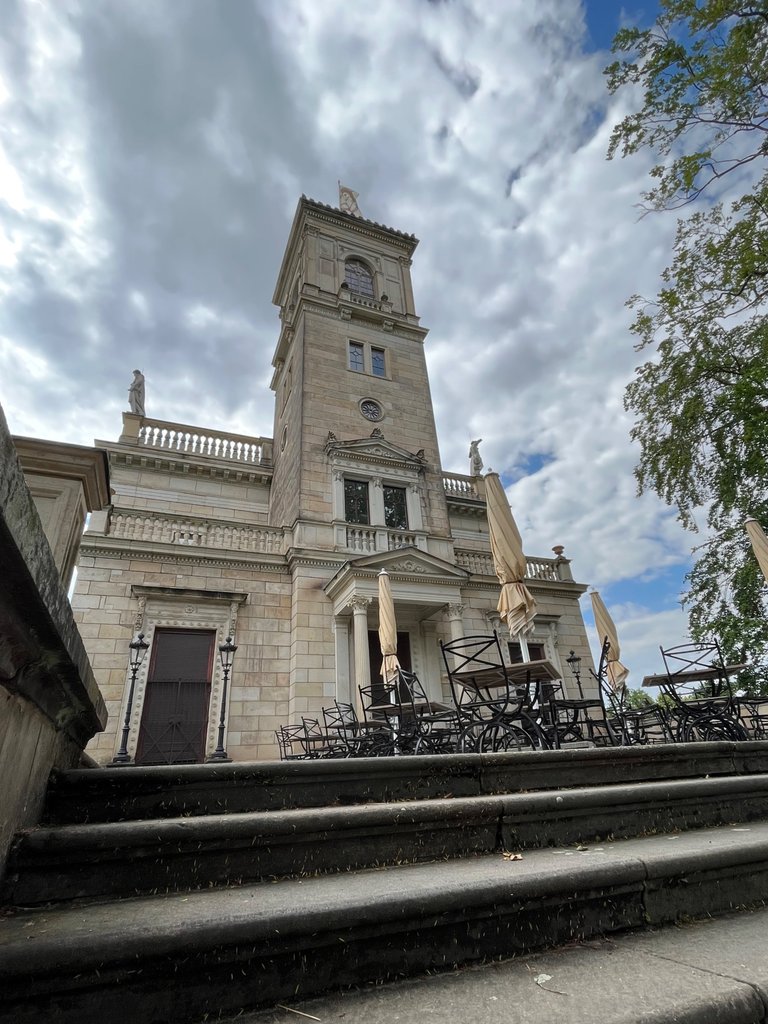
your @city-of-dresden
Schloss Albrechtsberg – Ein preußischer Prinz und sein Dresdner Refugium

Inmitten meiner sanften Elbhänge erhebt sich ein Bauwerk von erhabener Schönheit: Schloss Albrechtsberg. Dieses spätklassizistische Juwel, errichtet zwischen 1850 und 1854, verdankt seine Existenz Prinz Albrecht von Preußen, dem jüngsten Bruder der preußischen Könige Friedrich Wilhelm IV. und Wilhelm I. Verstoßen vom preußischen Hofe aufgrund seiner morganatischen Ehe mit Rosalie von Rauch, suchte Albrecht fernab von Berlin einen Ort des Friedens und fand ihn hier, in meinem Schoße.

Die Geschichte des Schlosses beginnt jedoch bereits früher. Um 1803 erwarb der schottische Adlige James Ogilvy, 7. Earl of Findlater, mehrere Weinberge in dieser Gegend und ließ ein Herrenhaus errichten. Nach seinem Tod 1811 wurde das Anwesen in ein beliebtes Ausflugslokal umgewandelt, das illustre Gäste wie Richard Wagner und Gottfried Semper anzog. Als Prinz Albrecht das Anwesen erwarb, beauftragte er den Architekten Adolf Lohse, einen Schüler Karl Friedrich Schinkels, mit dem Bau eines standesgemäßen Schlosses. Lohse schuf ein Meisterwerk des Spätklassizismus, inspiriert von italienischer Renaissance-Architektur, das sich harmonisch in die Landschaft einfügt.

Doch nicht nur das Schloss selbst zeugt von erlesenem Geschmack. Der Prinz, beeindruckt von einer Orientreise im Jahre 1843, ließ ein Türkisches Bad im maurisch-orientalischen Stil errichten, gestaltet vom Architekten Carl von Diebitsch. Dieses exotische Kleinod erinnert an die Pracht der Alhambra und spiegelt Albrechts Faszination für den Orient wider.

Ein wenig Klatsch darf nicht fehlen: Man munkelt, dass Prinz Albrecht und Rosalie von Rauch eine leidenschaftliche Liebe verband, die gegen die Konventionen des preußischen Hofes verstieß. Ihre Verbindung sorgte für erhebliches Aufsehen und führte letztlich zu Albrechts Exil in Dresden. Hier jedoch fanden sie ein Zuhause, fernab der strengen Etikette Berlins.

Nach dem Tod Albrechts ging das Schloss in den Besitz seiner Nachkommen über, wurde jedoch 1925 von der Stadt Dresden erworben. Während des Zweiten Weltkriegs blieb es von Zerstörungen verschont, diente jedoch verschiedenen Zwecken, unter anderem als Kinderheim. In der DDR-Zeit wurde es als Pionierpalast genutzt, bevor es nach der Wende für kulturelle Veranstaltungen geöffnet wurde.

Heute erstrahlt Schloss Albrechtsberg in neuem Glanz und lädt Besucher ein, seine prächtigen Säle und den weitläufigen Park zu erkunden. Es steht als Zeugnis einer bewegten Geschichte und als Symbol für die Verbindung von preußischer Disziplin und sächsischer Lebensfreude.
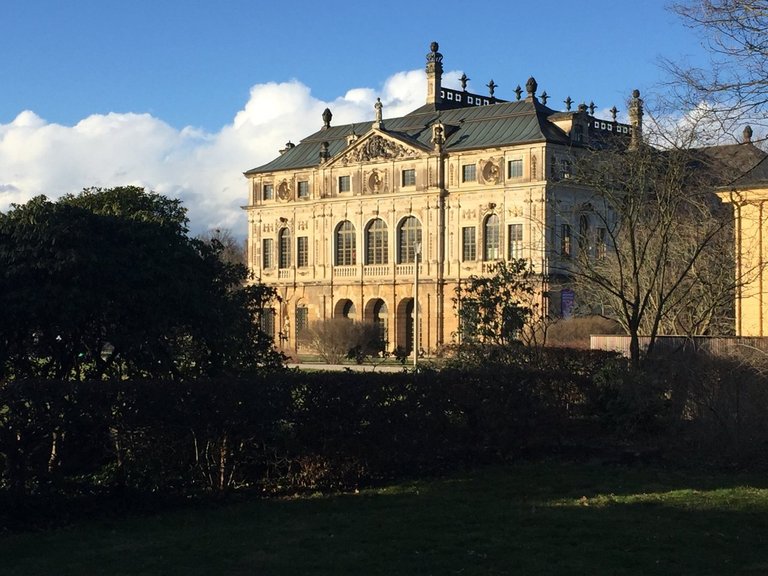 |
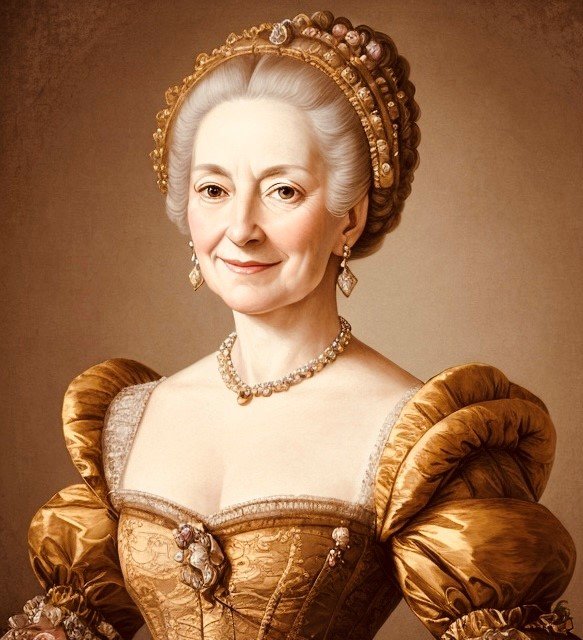
| 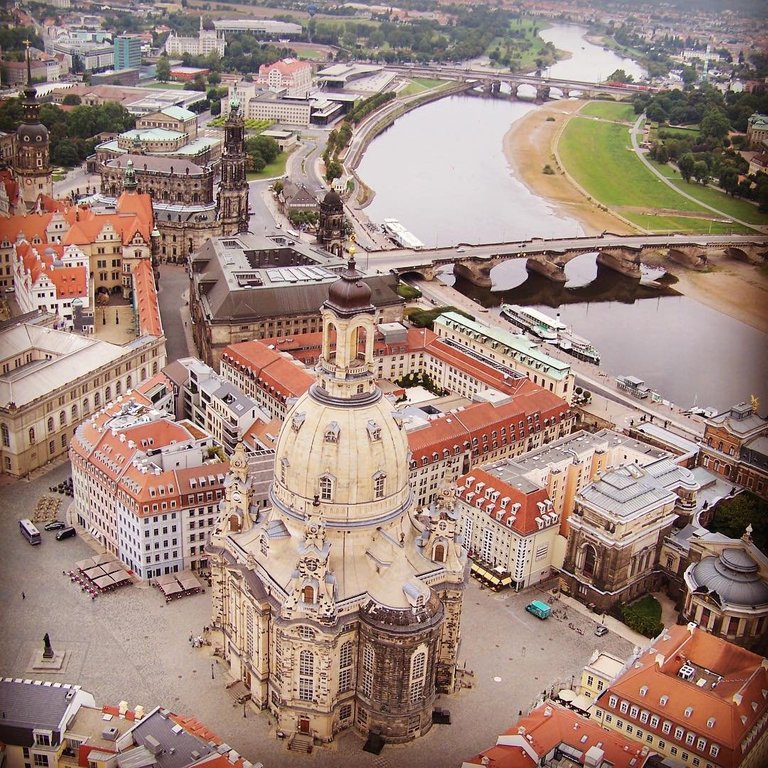 |
You can check out this post and your own profile on the map. Be part of the Worldmappin Community and join our Discord Channel to get in touch with other travelers, ask questions or just be updated on our latest features.
Congratulations, your post has been added to the TravelFeed Map! 🎉🥳🌴
Did you know you have your own profile map?
And every post has their own map too!
Want to have your post on the map too?
- Go to TravelFeed Map
- Click the create pin button
- Drag the marker to where your post should be. Zoom in if needed or use the search bar (top right).
- Copy and paste the generated code in your post (any Hive frontend)
- Or login with Hive Keychain or Hivesigner and click "create post" to post to Hive directly from TravelFeed
- Congrats, your post is now on the map!
PS: You can import your previous Pinmapple posts to the TravelFeed map.Opt Out
The building is very beautiful, I like the architecture which is truly extraordinary.
A beautifully written and informative post! The rich history of Albrechtsberg Palace, combined with your captivating photos, brings the story of Prince Albert and Rosalie to life. I especially loved the details about the Moorish-style Turkish Bath—such a unique architectural gem. Thanks for sharing this slice of Dresden’s charm!
I like the building, the photos you shared are also very beautiful.
I wish I could have that kind of refuge 💕💕
Congratulations @city-of-dresden! You received the biggest smile and some love from TravelFeed! Keep up the amazing blog. 😍
Thanks for using TravelFeed!
@for91days (TravelFeed team)
PS: Did you know that we have our own Hive frontend at TravelFeed.com? For your next travel post, log in to TravelFeed with Hive Keychain or Hivesigner and take advantage of our exclusive features for travel bloggers.
Wow!!! I love this post. I'm a huge fan of history and this post have a lot of history and beauty in shots. Thanks for sharing 🙏🏻
Hello! Thank you very much for posting in the Worldmappin Community.
We would like to remind you that one of the rules of our community is no AI-generated content and this applies to text, images and videos.
Please avoid any type of these practices.
We suggest sharing original content, all created by yourself. To read all the rules of our community, please click here.
For any other questions, feel free to contact our team at our Discord channel.
Cheers!